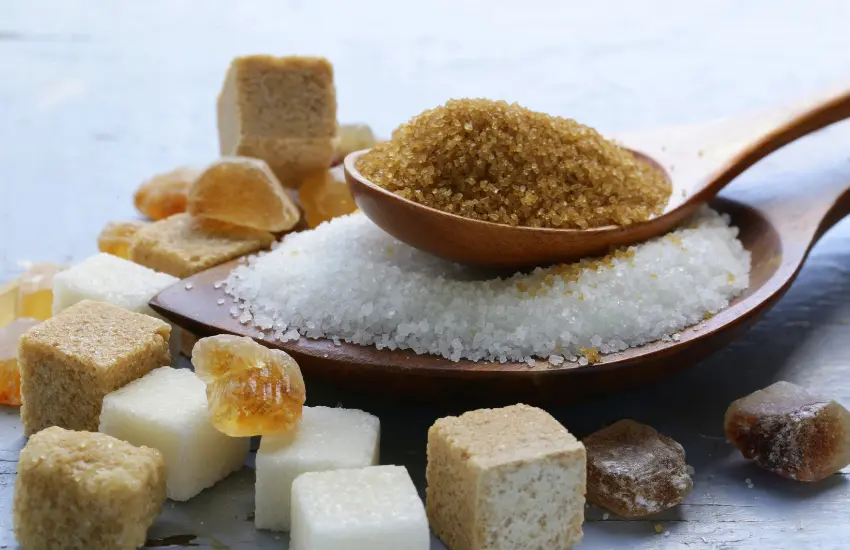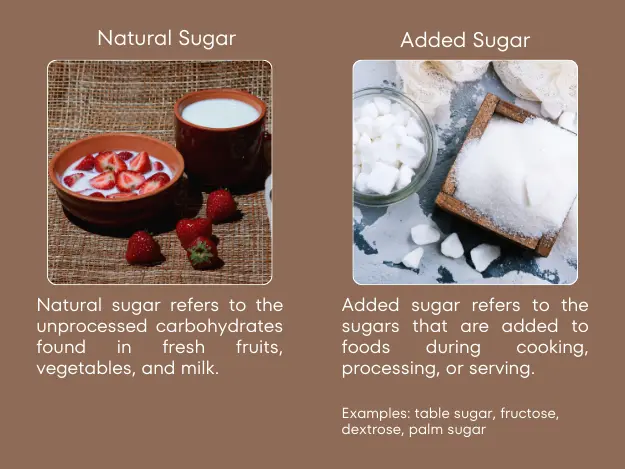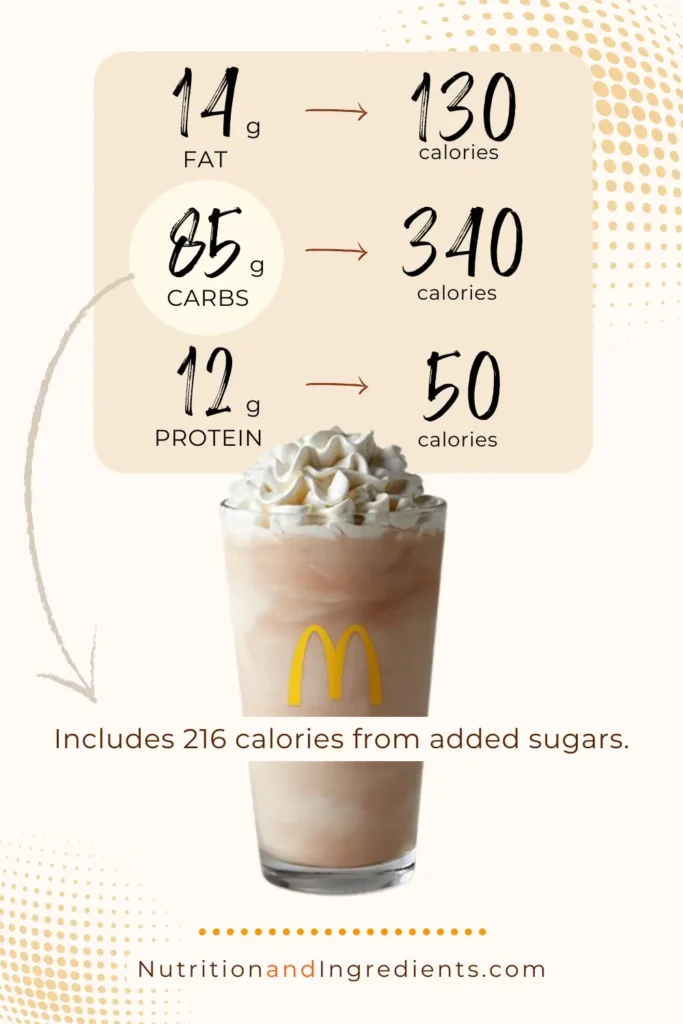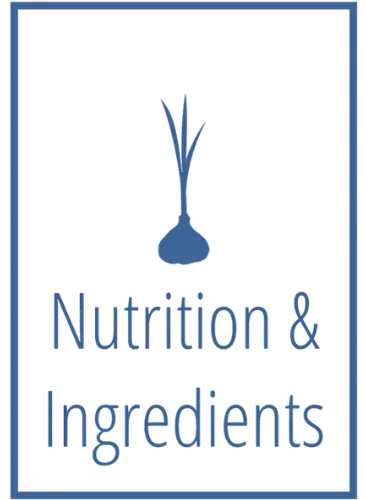What You Should Know About Added Sugars in Your Food

Added sugars are added during the production of food items. By comparison, a natural sugar is a found organically in whole foods such as fruit or milk.
This article helps our readers understand the differences between natural sugars and added sugars and hones in on the important reasons for why the distinction matters.
Natural Sugars vs Added Sugars
Definition of Added Sugars
A report published by FDA and U.S. Dept. of Health and Human Services defines added sugars for the purposes of nutrition facts labels on commercially processed foods. The following is a paraphrased definition:
sugars that are either added during the processing of foods, or are packaged as such. Added sugars include sugars, sugars from syrups and honey, and sugars from concentrated fruit or vegetable juices.
The definition excludes 100% juice concentrates such as a frozen orange juice concentrate product that are sold to consumers. It also excludes juice concentrates used in jellies, jams, or preserves.
Natural sugars, by comparison, refer to carbohydrates found in fresh fruits, vegetables, and milk. Natural sugars include sucrose, lactose, glucose, fructose, and maltose.

Natural Sugars vs Added Sugars
Common examples of added sugars used in processed foods include sugar, corn syrup, honey, and molasses.
The ingredients used in Firehouse Subs Sugar Cookie include sugar and invert sugar in the base cookie batter, sugar in the white chocolate chips, and sugar in the rainbow sprinkles.
Here is a quick reference table summarizing the types of food that contain natural sugars or added sugars:
| NATURAL SUGARS | ADDED SUGARS |
|---|---|
| Dairy Products (e.g., milk, yogurt) | Baked Goods (e.g., cakes, cookies, pies) |
| Fruit (fresh, frozen, dried, and canned) | Condiments, Sauces, Dressings |
| Vegetables (fresh, frozen, dried canned) | Candies and Toppings |
| 100% Fruit Juices | Maple Syrup, Honey, Molasses |
| 100% Vegetable Juices | Table Sugar |
High Fructose Corn Syrup
Studies indicate that the sweetening effect of fructose is twice that of glucose, which increases the appetite and craving for more food items with fructose.
High fructose corn syrup is used in:

Distinguish Between Types of Sugars
It’s important to distinguish between added or natural sugars because added sugars deliver calories without other important nutrients. Consuming foods high in added sugars can satiate an appetite without providing essential vitamins or dietary fiber.
For example, a small chocolate milkshake from McDonald’s contains about 215 calories from added sugars. That’s more than 40% of the total calories per serving. Moreover, one milkshake has only one gram of dietary fiber.

By comparison, an apple contains 12 grams of natural sugars, nearly 2 grams of dietary fiber, potassium, calcium, thiamin, riboflavin, and vitamins and minerals.
Diets high in added sugars deliver calories without important nutrients.
In short, table sugar does not have the added nutritional benefits of natural sugars. Diets high in calories from added sugars often make it difficult for an individual to get the recommended levels of nutrients while also maintaining the right calorie limits.
Dietary Guidelines for Americans recommend limiting calories from added sugars to no more than 10% of total calories.
How to Calculate Daily Value
The FDA uses 2,000 calories as a standard measure for adults to provide nutrition guidance. We use the same measure here to provide an explanation of how to calculate daily value.
However, individual dietary needs vary and your daily value may be different. Consult with your physician for any dietary or healthcare advice.
Here is how to calculate the daily value from a nutrient based on a daily diet of 2,000 calories.
Based on a 2,000 calorie diet, the FDA recommends limiting total added sugars to no more than 50 grams.
Resources
To learn more about added sugars, here is our recommended short list of resources:
